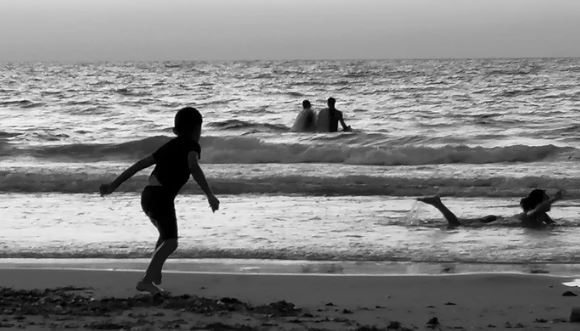As sewage spills onto my streets, a dire United Nations prediction is looking likely.
Children swimming next to sewage drains on the beach, fishermen throwing their nets into contaminated water, wastewater leaking into the street. These scenes exemplify the water and electricity crisis in Gaza, where a harrowing prediction could soon become reality.
In 2015, a report published by the United Nations Conference on Trade and Development warned that Gaza’s infrastructure, ravaged by years of military operations and conflict, may be unable to support a population by 2020 – a year that is, famously, only a few months away.
I’ve lived on the Gaza Strip for more than 30 years. For me and 2 million other Palestinians living under war and the ongoing blockade imposed by Israel and Egypt after Hamas took control in 2007, talk of the next environmental disaster doesn’t mean much. It’s as if people have decided they need to move forward and don’t have the space for a “new catastrophe” in their lives.
But with 97 percent of Gaza’s drinking water supply contaminated, and sewage treatment plants shut down thanks to constant power cuts, our latest catastrophe simply can’t be ignored. But it is. I tried asking some of my friends if they’re afraid of Gaza’s environmental disasters worsening next year. One of them replied: “It’s not time to think about the environment, we need to focus on improving our economic situation.” Another friend told me Gaza was simply a lost cause.
Read the article by Salem El Rayyes on VICE.

